10 Common Errors That Lead To Overpacking + 5 Carry-On Packing Mistakes That Cost Comfort And Space
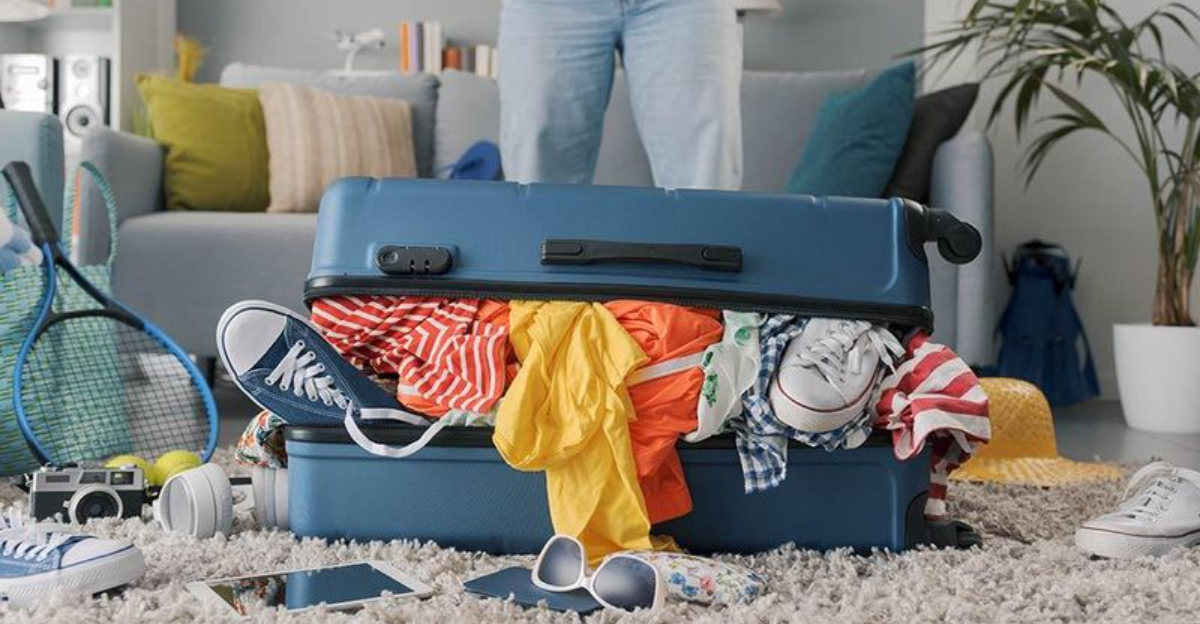
If you’ve ever sat on your suitcase to zip it shut or paid extra for an overweight bag, you’re not alone. Overpacking is one of the easiest ways to make travel harder than it needs to be. It’s not just about space—it’s about comfort, convenience, and avoiding unnecessary stress.
From too many outfits to the wrong bag, here are the packing mistakes that cost you more than just room in your luggage—and how to avoid them.
1. Not Planning Outfits In Advance
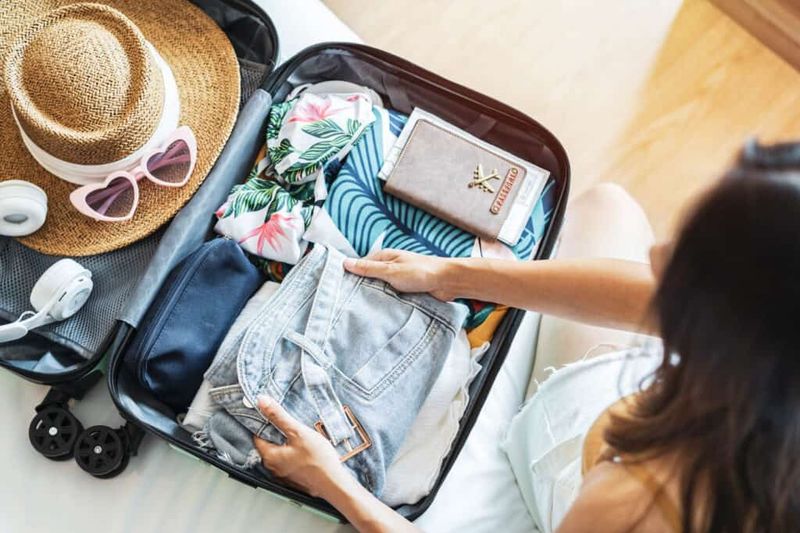
Random clothing selections lead to suitcase chaos. Without pre-planned outfits, travelers panic-pack extra pieces “just to be safe.”
Planning creates a cohesive travel wardrobe where items work together. Try the 3:1 ratio – three tops for every bottom – and stick with a consistent color palette. Snap photos of complete outfits before packing to visualize your travel wardrobe.
2. Ignoring Weather Forecasts

Weather blindness strikes even experienced travelers. Failing to check forecasts leads to overpacking for every possible condition or bringing entirely wrong items.
A quick weather app check can save precious luggage space. Remember that forecasts aren’t perfect – pack one versatile layer for unexpected changes rather than preparing for an imaginary blizzard in summer. Your back will thank you for lightening the load!
3. Bringing Too Many Shoes
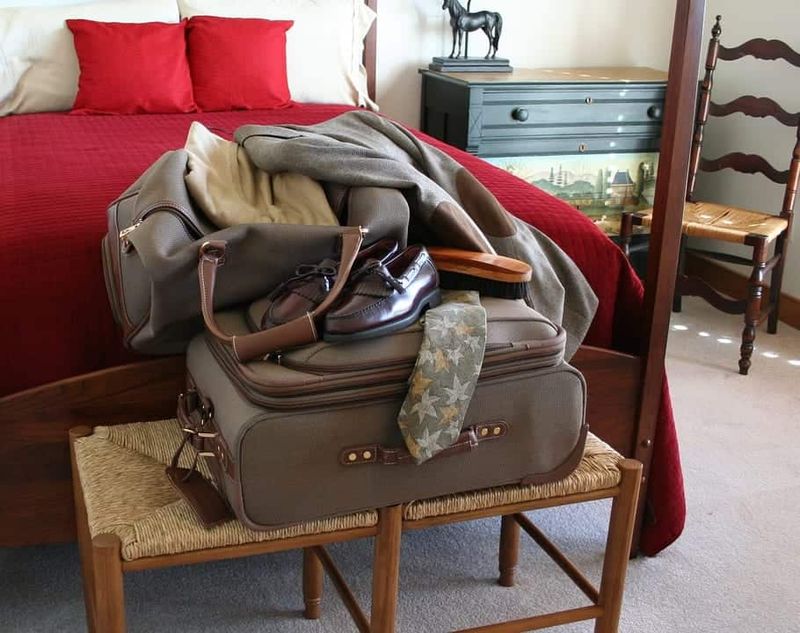
Footwear is the silent space-stealer in your luggage. Those bulky sneakers, just-in-case dress shoes, and backup sandals consume valuable real estate.
Most trips need only 2-3 pairs: comfortable walking shoes, versatile casual options, and perhaps one dressier pair. Wear your bulkiest shoes while traveling. Select neutral colors that match multiple outfits, and remember – nobody’s judging your footwear repetition during your vacation.
4. Duplicating Items
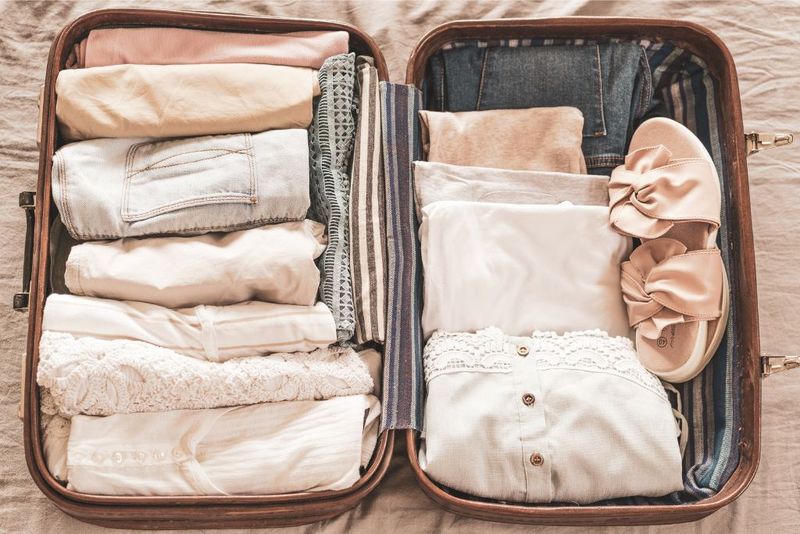
Multiples madness happens when we lose perspective. Five nearly identical t-shirts or three pairs of jeans quickly consume limited suitcase space.
Duplication happens when we forget that washing clothes during travel is actually possible! Two pairs of pants can last weeks with strategic re-wearing. For longer trips, choose quick-dry fabrics that can be easily washed in a hotel sink and dry overnight.
5. Packing Full-Sized Toiletries

Giant shampoo bottles are space-guzzling monsters! Full-sized toiletries waste precious carry-on space and often violate airline liquid restrictions.
Travel-sized containers save significant room and keep you TSA-compliant. Even better, solid toiletries like shampoo bars and solid perfumes eliminate leakage risks entirely. Many destinations offer basic toiletries, so consider what you truly need versus what you can easily find upon arrival.
6. Forgetting To Check Luggage Restrictions
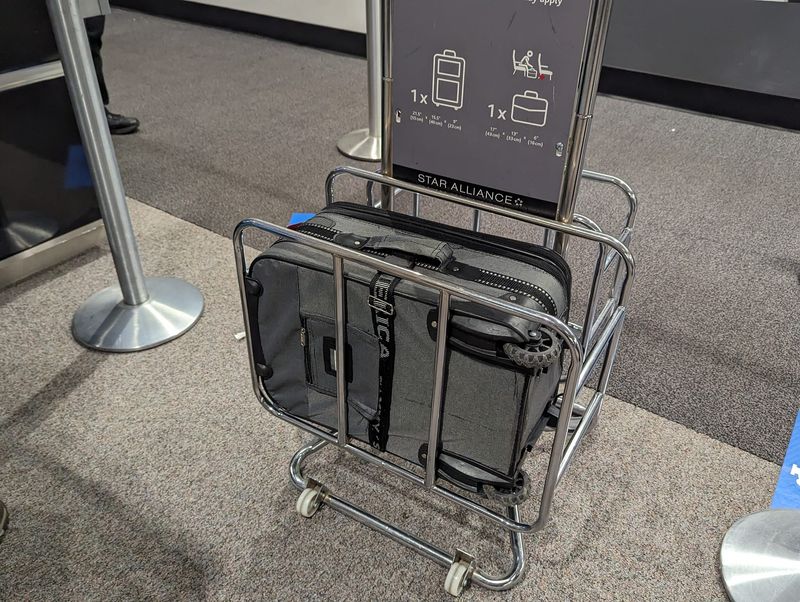
Airline surprise fees can ruin your travel budget faster than an overpriced airport sandwich. Each airline has unique size, weight, and content restrictions for carry-ons.
Skipping this research leads to gate-check fees, repacking scrambles, or even abandoned items. Save the dimensions of your favorite airlines in your phone notes. Invest in a luggage scale – they’re tiny, inexpensive, and prevent expensive airport weigh-in shocks.
7. Not Using A Packing List
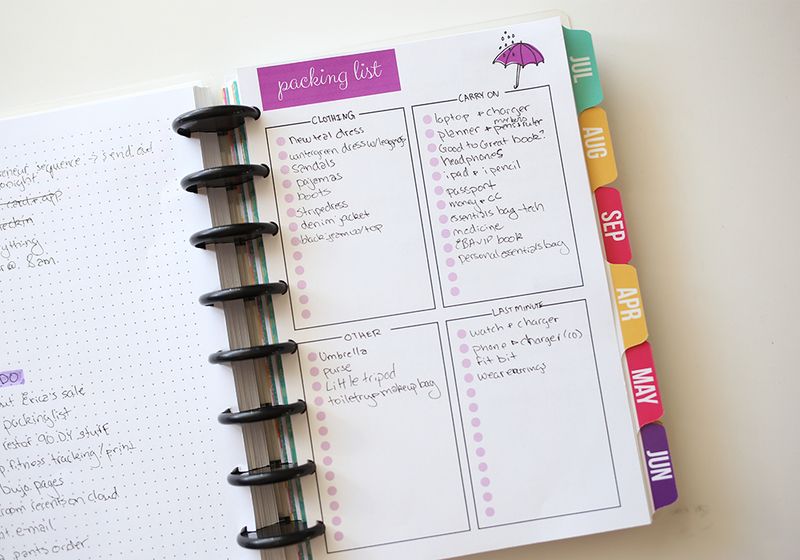
Memory fails under packing pressure. Without a written guide, we compensate for uncertainty by overpacking or forget essentials altogether.
A thoughtful packing list prevents both extremes. Start your list days before departure, adding items as they come to mind. Review past trips to identify what you actually used versus what remained untouched. Digital packing apps can save customized lists for different trip types.
8. Overstuffing Without Organization

Chaotic cramming creates wrinkled clothes and wastes space. Random stuffing makes items harder to find, forcing you to unpack everything for that one buried t-shirt.
Organization methods like packing cubes, bundle wrapping, or rolling clothes can increase usable space by 30%. These techniques compress clothing while keeping outfits accessible and wrinkle-free. Color-coded cubes make finding specific items even easier without disturbing your entire packing system.
9. Bringing Unnecessary Tech And Gear

Gadget overload weighs you down physically and mentally. Those “just in case” devices – extra cameras, rarely-used tablets, unnecessary adapters – add weight without adding value.
Modern smartphones handle multiple functions that previously required separate devices. Before packing tech, ask: “Will I use this daily?” If not, leave it home. Multi-purpose items win: a phone can be your camera, map, book, and entertainment system all in one.
10. Not Wearing The Bulkiest Items While Traveling
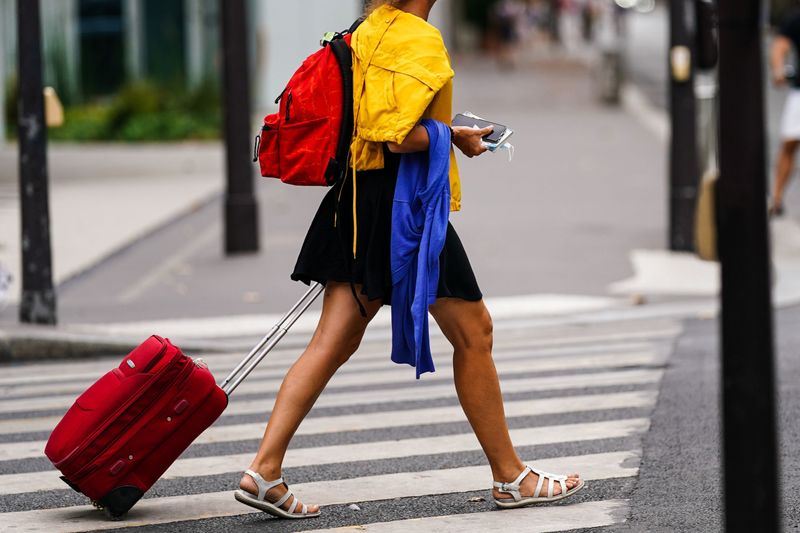
Your body is bonus luggage space! Those chunky hiking boots eating up half your suitcase could be on your feet instead.
Wearing your bulkiest jacket, heaviest shoes, and chunkiest sweater during transit frees valuable bag space. Layering while traveling also prepares you for temperature changes between destinations. You can always remove layers if you get warm, storing them in overhead bins during the flight.
11. Packing “Just in Case” Items
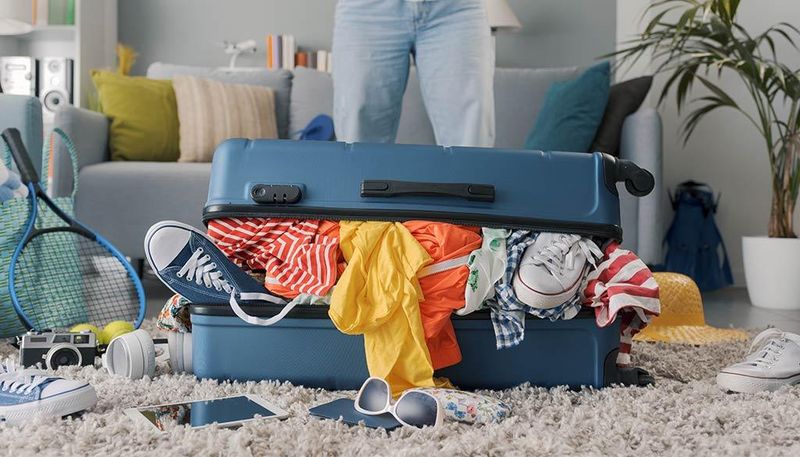
Ever tossed in that extra sweater because “what if it gets cold”? The “just in case” mindset is your luggage’s worst enemy.
These unnecessary additions quickly pile up, turning your manageable bag into an overstuffed nightmare. Ask yourself: “Will I definitely use this?” If you’re hesitating, leave it behind – most “emergencies” can be solved at your destination.
12. Skipping Compression Packing Techniques

Air is your hidden space thief. Standard folding leaves air pockets between clothes, wasting precious carry-on real estate.
Compression techniques like rolling, vacuum bags, or bundle wrapping squeeze out excess air. Rolling works particularly well for casual clothes and creates a tetris-like efficiency. For longer trips, vacuum compression bags can reduce clothing volume by up to 80%, though they may increase wrinkles.
13. Relying On A Single Large Bag Instead Of Compartments
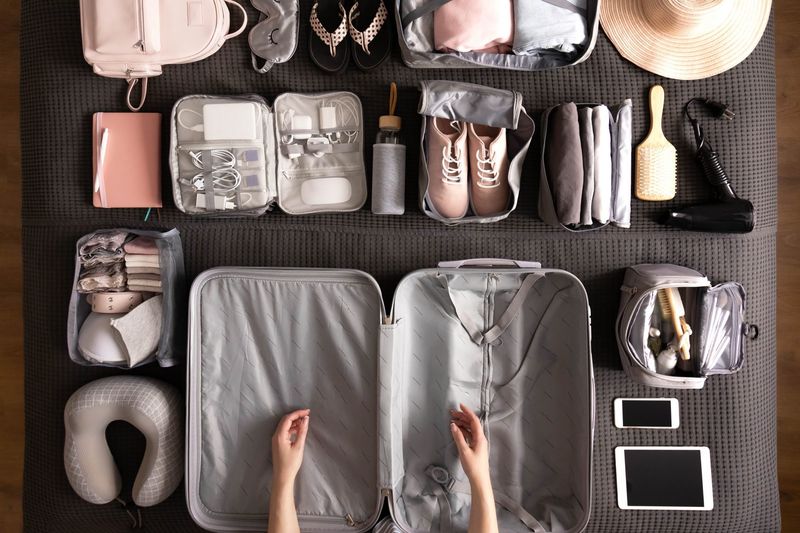
The black hole effect strikes when everything disappears into one vast suitcase space. Finding anything means digging through everything.
Internal organization through compartments, packing cubes, or pouches creates a system where items stay in their designated spots. This approach not only maximizes space but saves time during the trip. Categorize by outfit, activity type, or clothing category for easy access throughout your journey.
14. Not Accounting For Souvenirs Or Return Trip
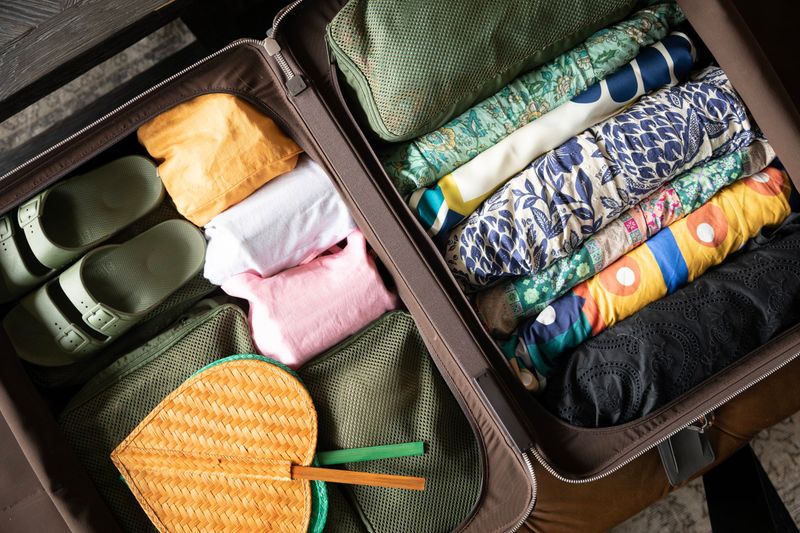
Souvenir amnesia strikes even veteran travelers. That perfectly packed carry-on suddenly becomes impossible to close when souvenirs enter the equation.
Leave 20-30% empty space when initially packing to accommodate return-trip additions. Consider packable shopping bags or expandable luggage options. For serious shoppers, shipping services or packing a collapsible duffel in your outbound luggage provides expansion options without initial space sacrifices.
15. Choosing Style Over Function In Carry-On Choices

Fashion-forward luggage often sacrifices practical features for aesthetic appeal. Those stylish wheels, decorative handles, and trendy materials look great on social media but fail in real travel conditions.
Prioritize functional features: smooth-rolling wheels, comfortable handles, and durable materials. Weight matters tremendously – those heavy designer bags steal precious pounds from your allowance. Quality luggage should offer both durability and lightweight construction with thoughtfully designed organizational features.
